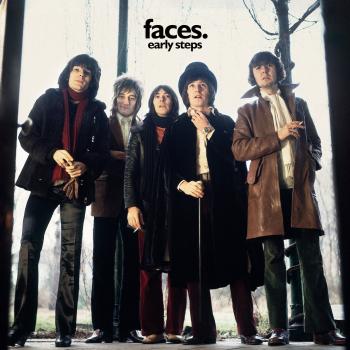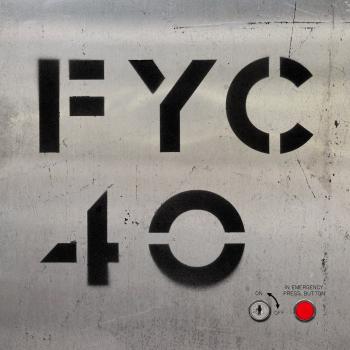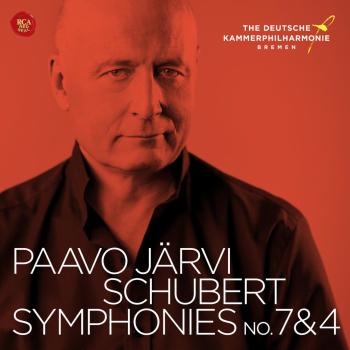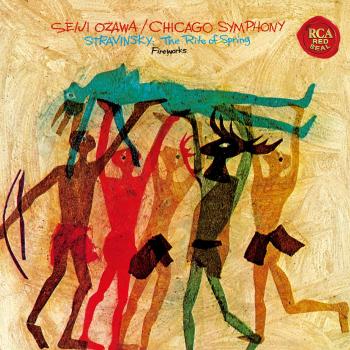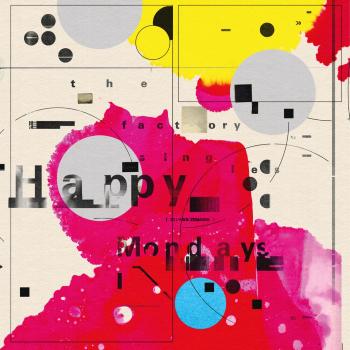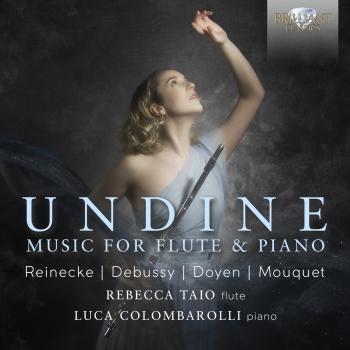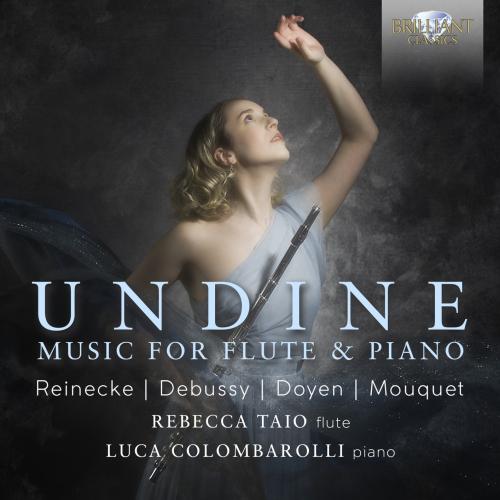
Undine, Music for Flute & Piano by Reinecke, Debussy, Doyen & Mouquet Rebecca Taio & Luca Colombarolli
Album info
Album-Release:
2022
HRA-Release:
03.10.2022
Label: Brilliant Classics
Genre: Classical
Subgenre: Chamber Music
Artist: Rebecca Taio & Luca Colombarolli
Composer: Albert Doyen (1882–1935), Claude Debussy (1862–1918), Carl Reinecke 1824-1910), Jules Mouquet (1867-1946)
Album including Album cover
- Carl Reinecke (1824 - 1910): Undine sonata, Op. 167:
- 1 Reinecke: Undine sonata, Op. 167: I. Allegro 07:02
- 2 Reinecke: Undine sonata, Op. 167: II. Intermezzo 03:51
- 3 Reinecke: Undine sonata, Op. 167: III. Andante 04:24
- 4 Reinecke: Undine sonata, Op. 167: IV. Finale 06:40
- Claude Debussy (1862 - 1918): Prélude à l'après-midi d'un faune:
- 5 Debussy: Prélude à l'après-midi d'un faune 11:23
- Albert Doyen (1882 - 1935): Poèmes grecs:
- 6 Doyen: Poèmes grecs: I. Nuit de bergers sur l'hymette 04:16
- 7 Doyen: Poèmes grecs: II. Le bois de myrtes 02:52
- 8 Doyen: Poèmes grecs: III. Danse antique 04:00
- 9 Doyen: Poèmes grecs: IV. Le clame de la mer 04:27
- 10 Doyen: Poèmes grecs: V. Nymphes et satyres 03:18
- Jules Mouquet (1867 - 1946): La flûte de pan, Op. 15:
- 11 Mouquet: La flûte de pan, Op. 15: I. Pan et les bergers 04:10
- 12 Mouquet: La flûte de pan, Op. 15: II. Pan et les oiseaux 06:03
- 13 Mouquet: La flûte de pan, Op. 15: III. Pan et les nymphes 05:48
Info for Undine, Music for Flute & Piano by Reinecke, Debussy, Doyen & Mouquet
Each piece on this album, titled Undine, takes inspiration from fairy tales, myths and poems. These works perfectly represent the hidden symbolism and fervent romanticism of this period, and the aura of magic and allure they emanate is undeniable. Alongside the more well-known pieces by Debussy, Reinecke and Mouquet, Undine features a piece by the almost forgotten composer Albert Doyen (1882–1935), whose music blends perfectly into the context of this poetic journey.
Reinecke is largely known for his flute music, which spans the 19th century, although his music still reveals the influence of the first German Romantics, particularly Mendelssohn and Schumann. Reinecke was inspired to write Undine Sonata after reading Friedrich de la Motte Fouqué’s eponymous fairy tale, which suited the German Romantics’ penchant for the supernatural. The fairy tale describes the water-nymph Undine’s search for earthly love, and each of the four movements evokes a precise moment in the story. The work brims with emotion, inspired by the romantic allure of the protagonist.
Prélude à l’après-midi d’un faune, inspired by symbolist poet Stéphane Mallarmé’s L’Après-midi d’un faune, was written for full orchestra. Enraptured by the intensely sensual atmosphere of Mallarmé’s poetry, Debussy’s interpretation overflows with passion and exuberance. In this piece Debussy shows how the expressions of the soul can be transformed into sounds and beauty, offering glimpses of wonderment as well as myriad splashes of colour. The present version for flute and piano was made by Karl Lenski and derives from two sources: a little-known autograph particell from the estate of Alfred Cortot and Debussy’s own arrangement of the work for two pianos.
Inspired by the Debussian style, Albert Doyen wrote five Poèmes grecs. The use of whole-tone harmonies and the attention to fleeting, subtle sonorities are reminiscent of Debussy’s Prélude à l’après-midi. However, following the publication of Poèmes Grecs, the young composer fell into complete obscurity. Also influenced by Greek mythology is Mouquet’s best-loved work, La Flûte de Pan. Mouquet’s sonata presents three tableaux of the Greek god Pan: Pan and the shepherds, Pan and the birds, and Pan and the nymphs. The first movement is characterised by two themes, one evoking a mountain scene, the other representing Pan’s sweet singing. The music of the second movement is melancholic, reflecting the woodland solitude of Pan the god, whilst in the final movement the dance rhythms are interspersed with languid dreamy moments.
The pieces chosen for this album all have one feature in common, they are inspired by fairy tales, myths and poems.
The most famous Romantic flute sonata is the Sonata Undine by Carl Reinecke, composed after reading Friedrich de la Motte Fouqué’s fairy tale from 1811. The story perfectly suited the German Romantics’ penchant for the supernatural and for tales of a world inhabited by nymphs and demigods. Claude Debussy’s Prélude à l’après-midi d’un faune was a revolutionary work which changed the course of musical history. Mallarmé’s evocative verses, telling of a faun irresistibly in thrall to a group of flirtatious nymphs in the heat of an afternoon, inspired Debussy to a work of great sensitivity. Also included are the Poèmes Grecs by Albert Doyen and La Flûte de Pan by Jules Mouquet, highly atmospheric and evocative music.
Rebecca Taio is a highly talented Italian flutist. She studied with Raffaele Trevisani and Patrick Gallois and participated in masterclasses by a.o. Barthold Kuijken and James Galway.
Rebecca Taio, flute
Luca Colombarolli, piano
No biography found.
This album contains no booklet.



